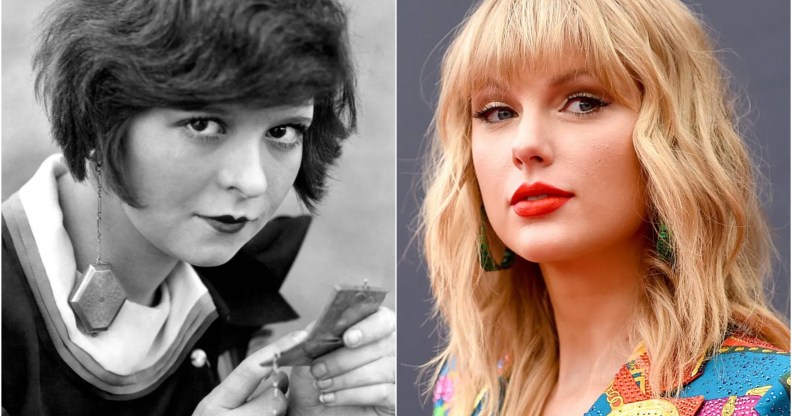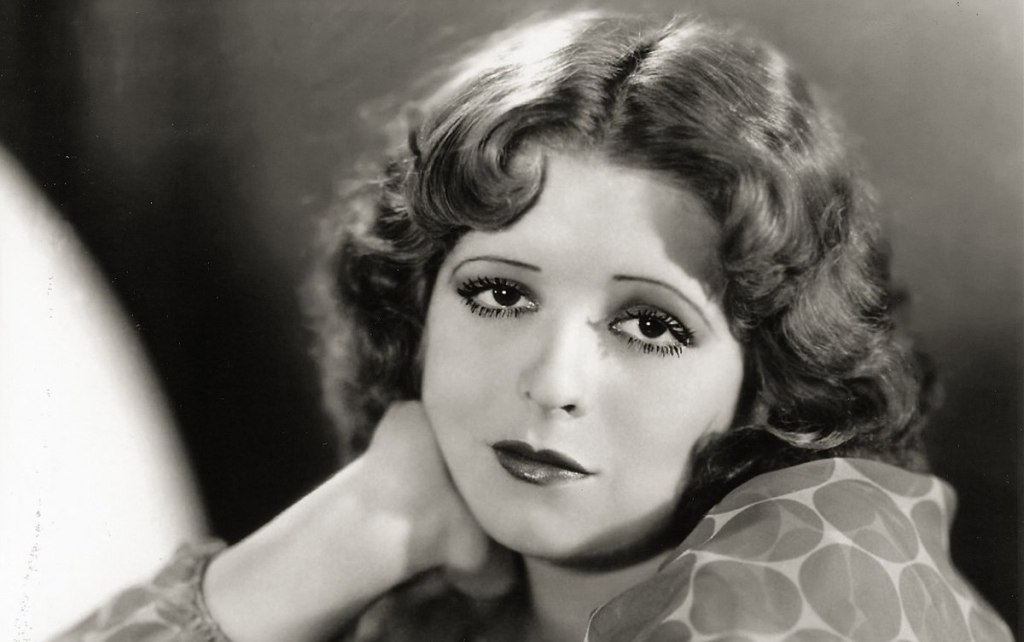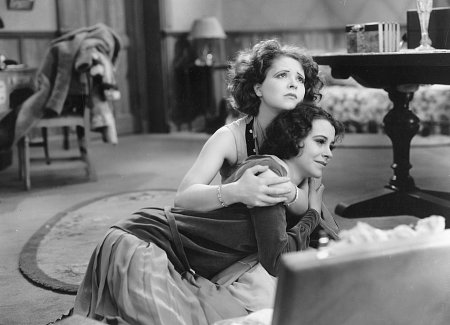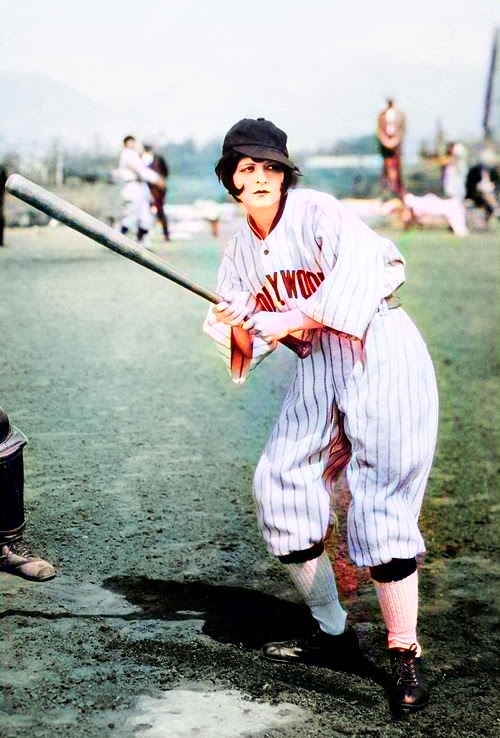This could be why Taylor Swift named ‘Clara Bow’ after a (possibly) bisexual 1920s star

Taylor Swift (R) has named a song on her upcoming album after the Old Hollywood star Clara Bow (L), but who was she? (Getty)
Taylor Swift thrilled her fans during her acceptance speech at the 2024 Grammys by announcing that she will soon be releasing a new album, The Tortured Poets Department – and one of the tracks, “Clara Bow”, has caught people’s attention.
What’s more a surprising track list inclusion has caught a lot of eyes – the name of 1920s silent film legend Clara Bow. But what’s the connection between Swift and the convention-defying Old Hollywood star of yesteryear, who is believed to have been bisexual (or at the very least to have had a few flings with women?)
The two stars certainly have a lot in common. So, why did Taylor Swift name a song after Clara Bow? Let’s find out more.
Who is Clara Bow?

In the heyday of Hollywood’s champagne-soaked, hedonistic golden era, one name shone brighter than most: Clara Bow. This vivacious and talented actress captivated audiences during the roaring 1920s with her infectious charm and undeniable screen presence. Dubbed the “It Girl” by Elinor Glyn, Bow became an icon of the silent film era, leaving an indelible mark on cinema history.
Born into poverty in Brooklyn, New York, in 1905, Clara Bow’s journey to stardom was nothing short of remarkable. Despite facing numerous hardships – including having to care for her mother who had epilepsy and could be violent – she found solace in the magic of the silver screen. Her rise to fame was meteoric, largely thanks to the fact she was blessed with natural beauty and an innate talent for acting.
Her breakthrough came in 1927 with the film It, where she portrayed a shop girl who captures the heart of a wealthy playboy. The movie was a smash hit, catapulting Bow to international fame and solidifying her status as a Hollywood sensation. Audiences couldn’t get enough of her infectious energy and captivating smile.
Unfortunately, all good things must come to an end, and Bow’s career was one of them. As the silent film era gave way to talkies, jobs dried up for her. Her thick Brooklyn accent proved challenging for the transition to sound films, and she struggled to adapt: in fact, her story is similar to the plot of the fictional 1950s musical Singin’ in the Rain, which sees the three performers caught up in the transition from silent films to talkies.
Was Clara Bow bisexual?

Clara Bow has long been rumoured to be bisexual, with her sexual orientation the subject of speculation over the years. Bow was also well known for her relationships with men, including several high-profile romances with fellow actors. She was married twice, first to actor Rex Bell and later to actor Art Aragon.
Clara Bow’s appearance in Call Her Savage, a groundbreaking 1932 drama featuring depictions of homosexuality, also fuelled conjecture. In it, Clara’s character interacts with flamboyant men at a gay bar.
She was also known for her friendship with high-profile members of the LGBTQ+ community, including openly gay actor William Haines and pioneering lesbian director Dorothy Arzner. In fact, it was rumoured that Bow had a fling with Arzner, who directed Clara in the famously lesbian-themed The Wild Party.
She also played with gender conventions and sexuality in her public image, taking on multiple ‘tomboy’ roles.

It was said that before she found fame, she was known for dancing naked on tables, and had flings with men and women. In fact, Bow’s bohemian lifestyle and “bad” manners made her a bit of an outsider in Hollywood society. Adela Rogers St. Johns, a screenwriter who had done a number of pictures with Clara Bow, wrote:
“There seems to be no pattern, no purpose to her life. She swings from one emotion to another, but she gains nothing, stores up nothing for the future. She lives entirely in the present, not even for today, but in the moment. Clara is the total nonconformist. What she wants she gets, if she can. She has real courage, because she lives boldly. Who are we, after all, to say she is wrong?”
Clara Bow Hollywood Walk of Fame
As befits such a huge, impactful Hollywood legend, Clara Bow has her own star on the Hollywood Walk of Fame at the corner of Sunset and Vine.
Clara Bow Taylor Swift song
So, why has Taylor Swift decided to name a song after the 1920s icon? Well, Swift’s adoration for Old Hollywood is no secret: it is evident in her music videos as well as her lyrical references.
One theory currently gaining traction among Swifties is the parallel between Swift’s personal journey and Bow’s career trajectory. During her relationship with Joe Alwyn, Swift retreated from the limelight, possibly mirroring Bow’s time in her very own ‘silent era’.
Could this song mark Swift’s reclaiming of her voice after a period of silence? Fans think so.
We’ll probably have to wait for The Tortured Poets Department to come out to find out for sure.
How did this story make you feel?

